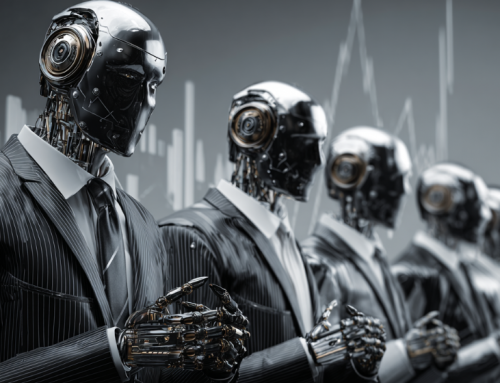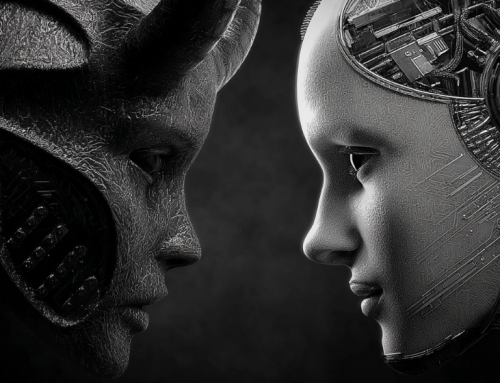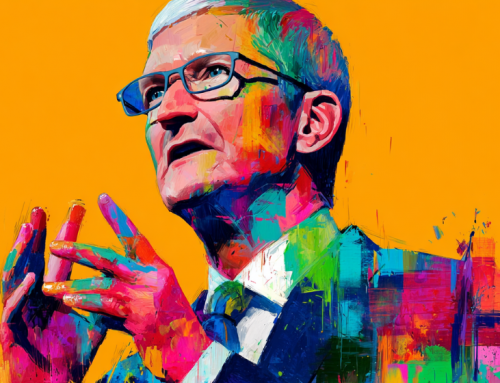
Forrester research’s crystal ball predicts IoT will become key in 2021.
Forrester Predicts IoT Transformation of Customer Experience, Business Delivery
Forrester research’s annual prediction of technology advances for the year projects that the Internet Of Things will be the top tech for the year 2021 and beyond. And they are pretty excited about what their research shows.
Forrester predicts big network connectivity chaos, proactive healthcare engagement through wearables and sensors, and smart office initiatives for the return to the office, according to techrepublic.com.
It remains unclear when offices will reopen, if remote work will become standard, along with other common lifestyle practices that dramatically changed during the coronavirus pandemic. But the factors that necessitated a swift digital transformation.
In 2021, according to Forrester, market growth will be driven by healthcare, smart offices, location services, remote asset monitoring and new networking technologies.
New IoT use cases throughout different environments and geographies are being created from the growing range of networking options, including satellite, cellular, Wi-Fi, Bluetooth, Zigbee, Z-Wave and Citizens Broadband Radio Service (CBRS) in the U.S.
With those new IoT use cases will be “significant momentum” in 2021, such as capturing patient health data from wearables and healthcare devices, enhancing the employee experience in smart offices, and extending the deployment of remote monitoring for connected machines.
Healthcare
In what Forrester describes as “network connectivity chaos,” a much larger variety of wireless connectivity will be accessible by consumers in 2021. Instead of using 5G for mobile and IoT devices, research predicts wireless technologies will reveal overlapping value: Bluetooth, Zigbee, and near-field communication (NFC) all address similar IoT use cases. For long-distance connectivity, low earth orbit (LEO) satellites provide an option (Currently, more than 400 Starlink satellites deliver satellite connectivity; Amazon and China are investing in this space). CBRS introduces new private 4G or 5G cellular networks to the United States.
In 2021, Forrester expects the adoption of 5G and Wi-Fi technologies to be slower than in 2020 as organizations sort through the market chaos and that interest in satellite and other lower-power networking technologies will increase 20%.
Smart offices
As COVID-19 continues to rampage globally, research predicts that connected device makers will double their efforts in healthcare. But COVID-19 forced many of those who were ill to stay at home or delay necessary care. This has left chronic conditions unmanaged, cancers undetected, and preventable conditions unnoticed.
“The financial implications of this loom large for consumers, health insurers, healthcare providers, and employers.” Forrester’s report stated.
A surge in interactive and proactive engagement such as wearables and sensors, which can detect a patient’s health while they are at home, will be rolled out. Post-COVID-19 healthcare will be dominated by digital-health experiences and will improve the effectiveness of virtual care. The convenience of at-home monitoring will spur consumers’ appreciation and interest in digital health devices as they gain greater insight into their health. Digital health device prices will become more consumer-friendly.
Remote assets
Many employees currently work at home, but smart office initiatives to transform the employee experience will be considered. Expensive corporate real estate will be a thing of the past; 48% of decision-makers anticipate a higher percentage of permanent remote workers as a result of COVID-19. Forrester expects at least 80% of firms to develop comprehensive strategies for future offices, which include IoT applications to enhance employee safety and improve resource efficiencies, such as smart lighting, power, energy, environmental monitoring and sensor-enabled space utilization. Activity monitoring in high-traffic areas is necessary to prioritize site cleaning, manage congested areas and modify the office layout for social distancing.
New networking technologies
As is the case with many technologies and artificial intelligence (AI), gathering data will be critical. Essential to convenience will be consumer and employee location data. Because of COVID-19, locating customers and employees is important to deliver convenient employee and customer experiences, i.e. social distancing. The days of “the cable repair person will be there between 7 a.m. and 8 p.m.” are long gone. Even the four-hour window is severely narrowed for delivery services, which can provide customers with precise time slots due to location services.
“This specificity has raised customers’ expectations in 2021: People are fed up with lining up to get into shops and their doctors’ offices. They’ll want to take a number and return when it’s their turn.”
The more IoT brings convenience, the more the public will demand it and business will use IoT.
read more at techrepublic.com







Leave A Comment